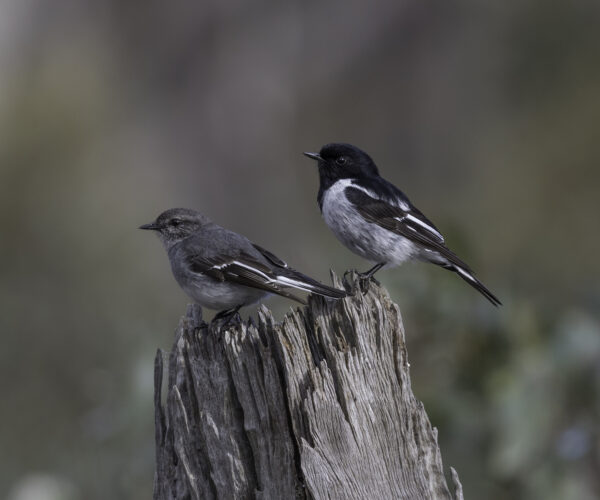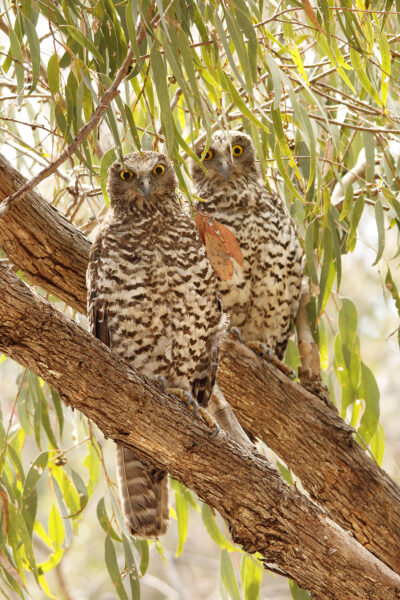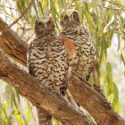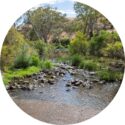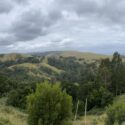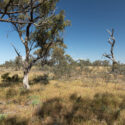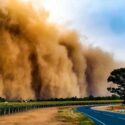Making sense of woodland bird data
Over the past couple of years Natural Decisions has been working closely with Kilter Rural and Accounting for Nature (AfN) to develop an environmental accounting method for woodland birds.
The method, originally accredited in November 2021, has since been trialled extensively on Kilter managed properties in northern Victoria, which has led to a number of revisions and improvements. The updated method has now been formally approved by the AfN Accreditation Committee. While the method has been developed in the context of a highly cleared and fragmented landscape in northern Victoria it can be applied in woodland ecoregions across Australia.
Birds have a number of attributes that make them useful for monitoring environmental health of ecosystems, including trends over time and responses to management and/or disturbance. These attributes include:
- There are usually good relationships between species richness and abundance of birds and the extent, configuration and quality of habitat.
- Birds are at or near the top of the food chain and the presence/absence of different species or guilds of birds can be a useful indicator of ecosystem health
- Most bird species are reasonably easy to detect and survey.
- Birds are of interest and concern to the general public and decision-makers and there is strong support for conservation programs that involve birds. This provides excellent opportunities to develop narratives that explain complex ecological processes in ways that are accessible and informative for the broader community.
The method is designed for large regenerative agricultural landscapes where significant areas of native woodland vegetation are being protected or re-established. It is attentive to survey resource constraints of a commercial farmland operation. The method applies a peer-reviewed mathematical relationship between woodland bird condition, and species richness and proportion of small bodied species. It’s input data is that collected from the standard 20 min – 2 ha bird survey technique (developed by Richard Loyn in the mid 1980s).
At this stage it is the only bird method available under the AfN framework and this has led to considerable interest from organisations interested in applying it elsewhere in Australia. Work is underway to develop parallel methods for birds in a range of other biomes (forests, shrublands, grasslands etc.).
David Heislers and I recently delivered a webinar on the method, with Dr. Amanda Hansson (Accounting for Nature). The webinar link can be accessed here.
Further information on the method, including how to request access can be found here.
Posted 24 May 2023 in News















